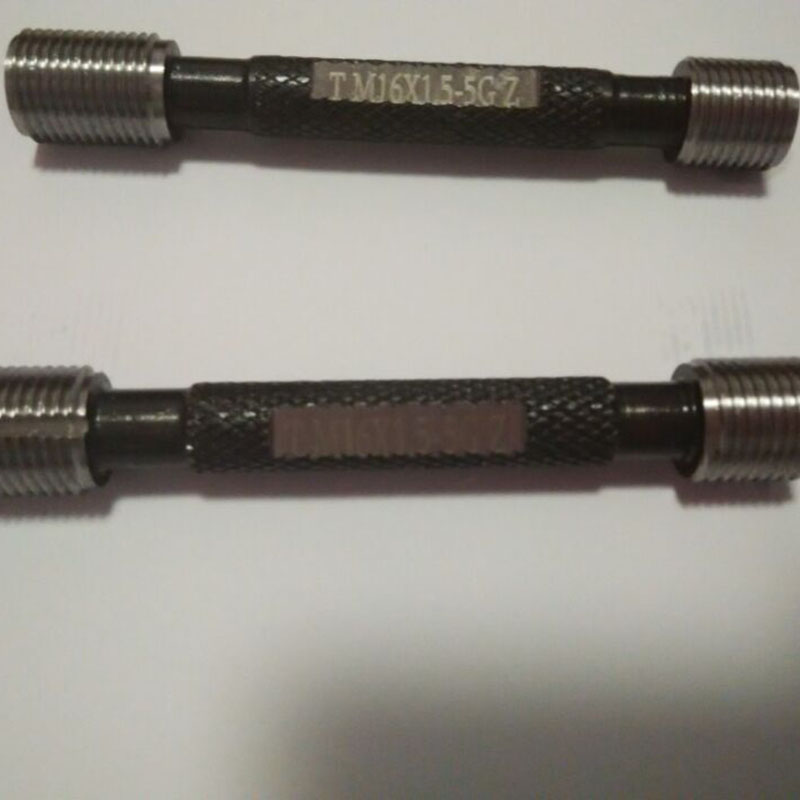Ιαν . 06, 2025 15:49 Back to list
valve types
Understanding the diverse types of valves is crucial for anyone involved in industries ranging from plumbing to oil and gas. Valves are essential components that control the flow and pressure within a system, and their proper selection can mean the difference between optimal functionality and costly downtime. This discussion aims to provide an insightful overview of different valve types, highlighting their unique features, applications, and benefits with a focus on practical expertise and authoritative insights.

Ball valves are among the most commonly utilized valve types, known for their durability and excellent sealing capabilities. They feature a spherical closure unit that aligns with the flow when open and perpendicular when closed, providing an effective seal with minimal friction. This makes them ideal for use in systems requiring quick shut-off capabilities. Their robust design, often with stainless steel construction, renders them apt for high-pressure applications such as chemical processes and oil pipelines.
Gate valves, distinguished by their sliding gate mechanism, are preferred for applications where a straight-line fluid flow with minimal restriction is necessary. These valves are primarily used in industries like water supply and sewage, where they remain either fully open or closed. Their simple yet effective design ensures a low-pressure drop across the valve, providing an advantage in systems dealing with slurries or viscous fluids.

Globe valves provide superior throttling performance, allowing precise flow regulation. They utilize a plug-and-seat design that makes them suitable for applications where flow regulation is essential, such as steam services and cooling water systems. The robust structure and ability to handle a variety of pressures and temperatures make globe valves a favored choice in many industrial sectors.
valve types
Butterfly valves stand out with their compact design and rotary motion, providing an efficient solution for shutting off flow or regulating it. These valves are widely used in applications that require the handling of large volumes of fluid, such as water distribution and firefighting equipment. The lightweight construction and ease of installation and maintenance make butterfly valves a cost-effective alternative in large-scale operations.
Diaphragm valves, equipped with a flexible diaphragm to regulate flow, are especially beneficial in handling corrosive substances or slurries. Their design minimizes the risk of leakage and ensures a sterile environment, making them indispensable in the pharmaceutical and food processing industries. The non-stick properties of the diaphragm material significantly reduce maintenance issues and enhance operational reliability.
A well-informed choice among these valve types significantly contributes to system efficiency, safety, and cost-effectiveness. Understanding the specific needs of an application and consulting with valve experts will ensure the selection of the right type, material, and size of the valve, guaranteeing long-term success and reducing operational risks. As innovations continue to evolve the landscape of valve technology, staying abreast with the latest advancements and maintaining rigorous standards will uphold the credibility and trust synonymous with industry leaders.
-
Why Metric Trapezoidal Thread is Ideal for Precision Motion ControlNewsAug.05,2025
-
The Unique Properties of a Block of Granite for Industrial UseNewsAug.05,2025
-
The Role of Flanged Y Strainers in Preventing Pipeline ClogsNewsAug.05,2025
-
The Importance of Regular Calibration for Master Ring GagesNewsAug.05,2025
-
How a Cast Iron Surface Table Enhances Accuracy in ManufacturingNewsAug.05,2025
-
Comparing Different Check Valve Types for Optimal Flow ControlNewsAug.05,2025
Related PRODUCTS









